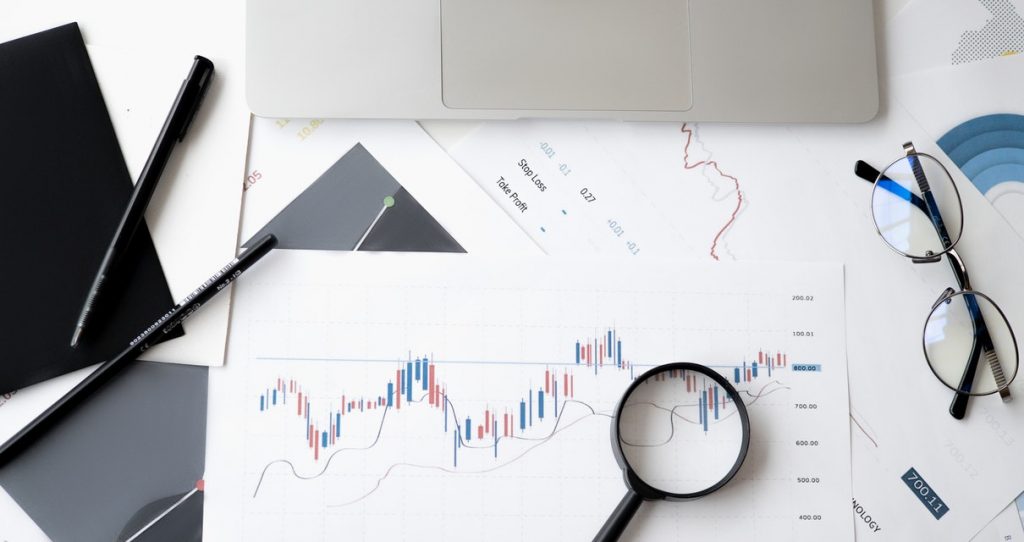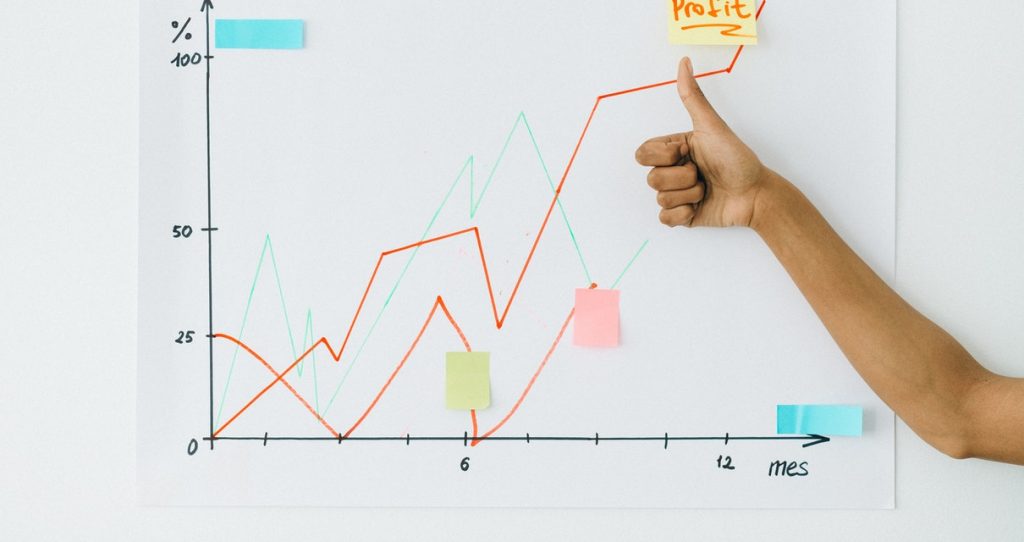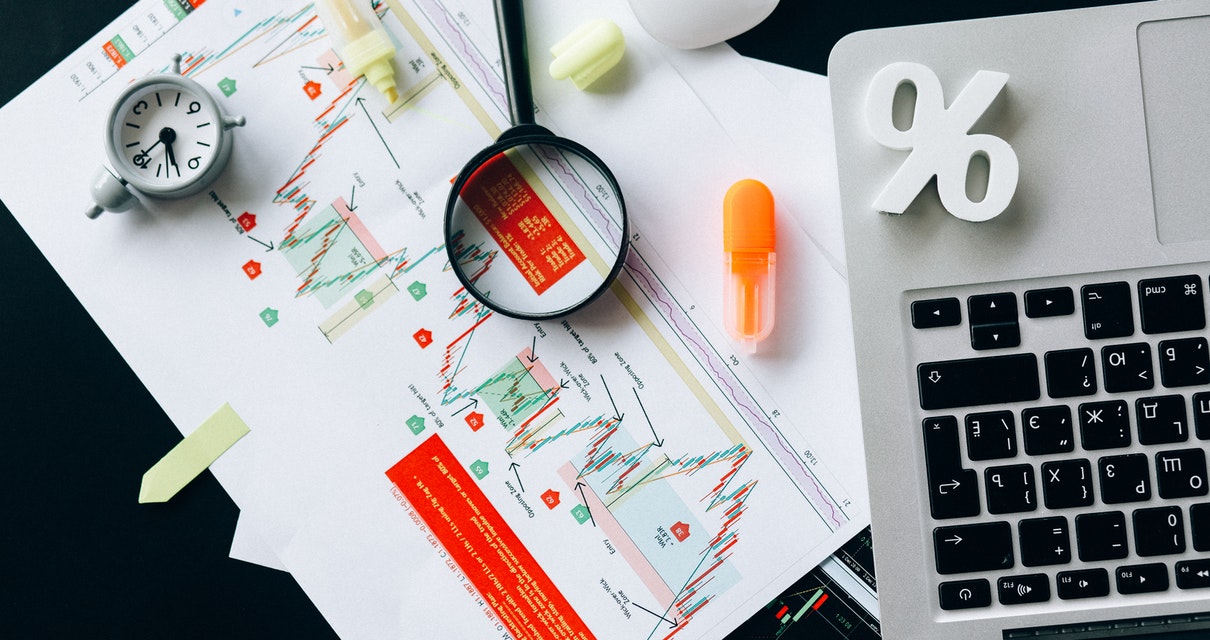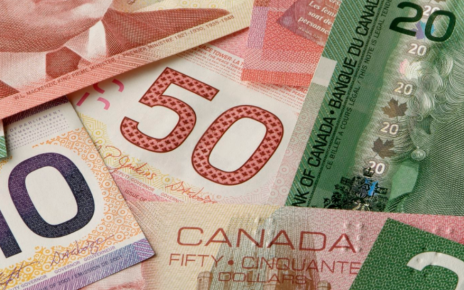Trading in the financial markets comes with its share of risks. High-paced financial markets keep constantly changing, so it’s vital to calculate the risk of every investment to estimate the potential profit before placing a trade. That’s one of the critical steps to being a successful trader and earning much more than you lose.
To compare your investment’s potential profit to its possible loss, you need to use the risk/reward ratio (R/R ratio or RRR). Here’s everything you need to know about it, including how to calculate and increase it to optimize your trading profitability.
What Is the Risk/Reward Ratio in Trading?

The risk/reward ratio in trading measures the expected return on investment in terms of risk for a specific period. It shows you how much of a reward you could earn on investment for every dollar you risk.
When you want to generate a particular ROI, your risk/reward ratio can show you the maximum risk you must take to achieve that goal.
At the same time, it can show you the risk of loss during trading, thus helping you calculate capital. As such, it can help you with risk management to make more profitable trades than losses.
How Does It Work?
Traders often use stop-loss and take-profit (sell) orders to minimize losses when focusing on the risk/reward ratio. Many traders even use a custom or pre-determined risk/reward ratio for most or all of their investments, especially when trading individual stocks.
Now, let’s say your risk/reward ratio is 1:2. That would mean that you could earn two units for every additional unit you risk.
Here’s a simple example: if you buy a stock for $50 with a profit target of $52 and set a stop-loss order at $49, you’re risking $1 to make $2.
Now, let’s say you trade on the Forex market. If you buy EUR/USD for 1.2000, for example, put a stop-loss order at 1.1950, and place a take-profit order at 1.2150, your risk/reward ratio would be 1:3. That means you’d be risking 50 pips for a potential reward of 150 pips.
How to Calculate the Risk/Reward Ratio

Calculating your risk/reward ratio couldn’t be more straightforward. It comes down to dividing the potential risk with the potential reward. Here’s the formula:
RRR = (Entry Value – Stop-Loss Value) / (Profit Target – Entry Value)
Suppose you buy 50 shares of a particular company at $30 each and put a stop-loss order at $25. That would mean your maximum loss wouldn’t exceed $250 since you’d be risking $5 on each share.
If your profit target is $40 (you believe that the price of those shares will increase by $10 over a specific period), then your potential reward would be $10 per share after closing the position, that is, $500 in total.
That’s an RRR of 0.5, or 1:2, since you would be doubling the amount you’ve risked on that particular trade.
What Is a Good Risk/Reward Ratio?
The more you risk in trading, the more you could gain. However, that also means you could lose more. So, what’s an ideal risk/reward ratio?
It depends on your trading style and strategy, but you should always aim for a more significant potential reward than the potential risk. That’s obvious, but what does it mean?
It means making sure your RRR is less than 1.0.
A risk/reward ratio of 1.0 will give you a break-even, even if you lose 50% of the trade. But when it’s greater than 1.0, you have an opportunity to make a profit even if you lose more than 50% of the trade.
A risk/reward ratio greater than 1.0 means the potential risk (loss) is greater than the potential reward (profit). Conversely, a risk/reward ratio below 1.0 means the possible return on the trade is greater than the potential risk.
A good risk/reward ratio tends to be anything more significant than 1:3. Thus, the 1:1 and 1:2 ratios are low-risk but low-reward ratios, while anything greater than 1:3 means a better opportunity for more profitable trades.
How Can You Increase Your RRR to Optimize Your Trading Profitability?

There are two ways to increase your risk/reward ratio and generate higher returns:
- Raise your profit target
- Set a lower stop-loss order
It’s crucial to keep the same stop-loss order when increasing your profit target to increase your RRR. For instance, if your stop-loss is 50 units away from the entry value, while your profit target is 100 units away, you have a 1:2 ratio. Moving the profit target by another 50 units will turn the ratio to 1:3.
If you decide to set a lower stop-loss order, you’ll reduce your potential risk while increasing your potential reward. Using the same example, if you adjust the stop-loss order and set it at 25 units away from the entry value, your risk/reward ratio would be 1:4.
Is the Risk/Reward Ratio Enough to Quantify Your Edge?
The risk/reward ratio isn’t enough to quantify your edge. You should combine it with your winning rate as well.
You can use various risk management ratios to determine if a particular trade is worth the risk. Some of the most commonly used are the win/loss ratio and the break-even percentage.
The win/loss ratio compares your wins and losses. You can calculate it by dividing the number of wins by the number of losses. To get a clear picture of your trading success, you need a larger sample size (at least 100 trades).
The break-even percentage shows you how many winning trades you need to break even. That way, you can determine if your trading strategy is profitable or may need a bit of adjustment.
You can calculate the break-even percentage by dividing your stop-loss value by the sum of the profit target and stop-loss value and multiplying it by 100.
Risk Management Techniques for Improving Your Trading Strategy

To improve your trading strategy, you need to manage your risks. Here are some of the best risk management techniques to apply to reach your targets and generate more winning trades:
- Set up an effective trading strategy
- Diversify your portfolio
- Utilize advanced trading tools
- Keep an eye on your additional costs
- Set realistic risk/reward ratios
- Be consistent with your risk/reward ratio
- Use stop-loss orders to minimize losses
- Master trading psychology
Creating a risk management plan shouldn’t be a one-time job. Instead, as your trading strategy improves and your attitude to risk changes, you should modify the plan to ensure more winning trades.
Conclusion
The risk/reward ratio is one of the best metrics to use to optimize your trading profitability, but it’s not the only one you should measure. Pair it with other risk management ratios to ensure you stay on the right track and generate high returns on all your trades.





